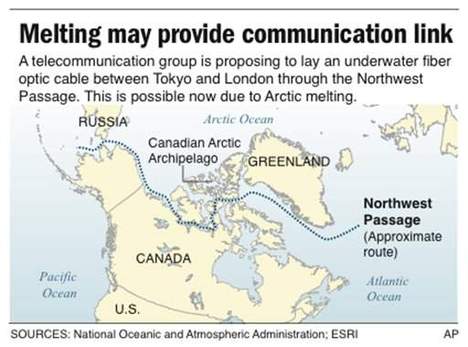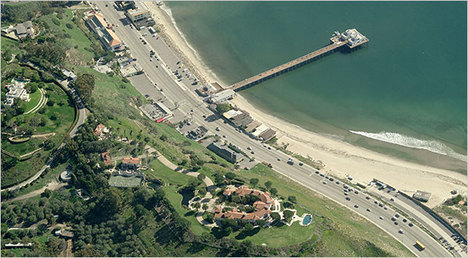“Michael Hicks, 8, a Cub Scout in Clifton, N.J., has the same name as a suspicious person.” Source of caption and photo: online version of the NYT article quoted and cited below.
(p. A1) The Transportation Security Administration, under scrutiny after last month’s bombing attempt, has on its Web site a “mythbuster” that tries to reassure the public.
Myth: The No-Fly list includes an 8-year-old boy.
Buster: No 8-year-old is on a T.S.A. watch list.
“Meet Mikey Hicks,” said Najlah Feanny Hicks, introducing her 8-year-old son, a New Jersey Cub Scout and frequent traveler who has seldom boarded a plane without a hassle because he shares the name of a suspicious person. “It’s not a myth.”
Michael Winston Hicks’s mother initially sensed trouble when he was a baby and she could not get a seat for him on their flight to Florida at an airport kiosk; airline officials explained that his name “was on the list,” she recalled.
The first time he was patted down, at Newark Liberty International Airport, Mikey was 2. He cried.
After years of long delays and waits for supervisors at every airport ticket counter, this year’s vacation to the Bahamas badly shook up the family. Mikey was frisked on the way there, then (p. A3) more aggressively on the way home.
“Up your arms, down your arms, up your crotch — someone is patting your 8-year-old down like he’s a criminal,” Mrs. Hicks recounted. “A terrorist can blow his underwear up and they don’t catch him. But my 8-year-old can’t walk through security without being frisked.”
For the full story, see:
LIZETTE ALVAREZ. “Meet Mikey, 8: U.S. Has Him on Watch List.” The New York Times (Thurs., January 14, 2010): A1 & A3.
(Note: the online version of the article is dated January 13, 2010.)
(Note: italics in original.)







